Ikoyi was opened in 2017 by Iré Hassan-Odukale (who was born in the Ikoyi district of Lagos in Nigeria) and Jeremy Chan, who grew up in Hong Kong but was born in the UK. Ikoyi was awarded a Michelin star in 2018 and a second star in 2022. Jeremy Chan has an unusual background for a chef, having studied Languages and Philosophy at Princeton and started his career in finance as an energy analyst. He has been intrigued by the idea of applying classical western cooking techniques to African cuisine, working with British ingredients as well as African spices. Jeremy did some stages in high-end kitchens (including Noma and Dinner) but was a late starter at the age of 26 to take up cooking as a career, before being given the opportunity to lead the kitchen at Ikoyi. The cuisine is “not west African” according to the chef, but has influences from that part of the world.
The wine list had 46 labels and ranged in price from £40 to £799, with a high median price of £135 and an average markup to retail price of 3.8 times, which is fairly grotesque even by the demanding standards of central London. Sample references were Lionel Osmin Gros Manseng Clos de la Vierge 2019 at £45 for a bottle that you can find in the high street for £7, Pietro Caciorgna Nerello Mascalese 2017 at £65 compared to its retail price of £18, and Škerk Malvazija 2019 at £96 for a wine that will set you back £29 in the high street. For those with the means there was Château Grand-Puy-Lacoste 2005 at £419 compared to its retail price of £116, and Vincent Dauvissat 1er Cru ‘Sechet’ Chablis 2016 at £278 for a wine whose current market value is £90. Today we had the full nine course tasting menu, which was priced at £180. There is also a shorter lunch menu at £70. The dining room has well-spaced tables and a little bar to one side, with the kitchen partly visible from the dining room.
The meal began with some canapes. Roasted potato skin tart was topped with trout that was fished using the ikejime method (a humane Japanese way of killing the fish quickly with a spike to the head, which has the benefit of preserving flavour) and a garnish of cubeb (a Sumatran pepper) and gola peppercorn. The trout was aged for a week. Ageing fish is a difficult art to master, and trout for me has an inherently quite dull flavour, but the skilful seasoning from the peppers worked well, and the trout had very good texture. A second canape was octopus confit fried in wild rice, anchovy butter and yeasted bearnaise sauce. This was excellent, the octopus tender and sauce complementing it well, with precise seasoning. The third canape was a poppy seed “choux” that was really a baba, cooked in pork fat with green pepper, asparagus and with roasted lovage. This was quite light and refreshing. Finally, there was beef tartare using Devon beef rib with a salted citrus emulsion and a garnish of kaluga caviar from high class supplier N25. This was lovely, the flavour of the beef really excellent, and the use of the caviar meaning that the dish had some natural seasoning of its own, and didn’t need heavy added seasoning. I liked all the canapes, with the tartare being particularly good (16/20) canapes).
Moin moin is a Nigerian steamed bean cake, often made with onions, ground peppers and black-eyed peas. Here the moin moin used bene seeds, which resemble sesame seeds, with white asparagus, roasted pine nuts and a little dashi and pine nut oil. This was topped with sliced white asparagus that had been preserved in apple juice. This was an intriguing and successful dish, with precise seasoning and with excellent white asparagus (17/20).
This was followed by a dish that combined sweetbread and scallop. There was an unusually large 200g scallop that was confit and then grilled, after having been marinated with fermented scotch bonnet chilli and beef gelato. This was accompanied by calf sweetbread that had been milk-brined, confit with chilli oil and wild garlic, glazed with honey mustard and garnished with black truffle from Catalonia. The scallop, though certainly large and prepared from live, was not as sweet as it might have been, perhaps because of the way it was prepared. I much preferred the sweetbread, which had a lovely crisp outside and airily light texture inside. I am not sure what the scallop really added to the dish, and I would have scored the sweetbread on its own a couple of points higher than the overall dish as served (still 16/20).
Monkfish was steamed and grilled and served with grilled negi (Japanese long green) onions, resting on a base of beetroot juice emulsified with chicken fat. There was a generous garnish of Schrenckii caviar, a nutty tasting caviar from the Schrenckii sturgeon. The caviar was lovely and the slight sweetness of the onions worked well, though I think it is hard to really make monkfish really thrilling (15/20).
After this came a fried strip of plantain with smoked kelp and blackberry salt, with a blob of smoky, sweet, piquant emulsion made using calabash and nutmeg and selim grains as well as Scotch bonnet peppers and shallots. The plantain is coated in polenta with sorghum, rice and tapioca flours to keep the fritter crisp. This is a clever dish with a lot of kitchen technique involved to pull off the idea of frying a plantain without resulting in a soggy mess (15/20).
This was followed by a fillet of turbot from a very large 9 kg fish, with celeriac miso and a little piece of caramelized chicken wing. The turbot was confit and then barbecued with hazelnut oil and miso cream, served with a chicken infusion along with the celeriac. On the side was a steamed caramelised brioche made with fonio seeds (a kind of small-grained millet) and honey. I liked the earthy contrast of the celeriac with the fish, and the sauce worked well, while having the slight sweetness of the brioche was an interesting touch. The turbot was beautifully cooked and had excellent flavour. The only slight flaw in the dish was that the fish was not hot when it arrived, or I would have scored this higher (16/20). Next was an unusual dish of a sorghum crepe stuffed with a new season morel fondue with Montgomery cheese sauce and beef stock. I have never come across this idea of combining morels with cheese in a pancake but the overall effect was quite effective (15/20).
The final savoury course was 100 day aged grilled Hereford beef rib and a saffron soubise. This came with sauce of spring greens, saffron buttermilk and steamed cockle jus, as well as a slow roasted lobster tail with organic sorrel. As a side dish there was jollof rice, a smoked rice dish made in this case with spider crab custard and wild garlic. This was a very pretty and thoroughly enjoyable dish The beef had superb flavour, the lobster was extremely tender and the sauces were lovely, having a carefully controlled kick of peppery spice. The jollof was superb, having lovely texture and plenty of crab flavour (18/20).
For the dessert stage of the meal there was apple ice cream with barbecued apples cooked in brown butter and served with candied kumquats, along with roasted whey and apple crumb with a caramel of malted barley and yeast. There was also a choux bun flavoured with black sesame filled with creme diplomat (crème pâtissiere and unsweetened whipped cream). There was also kumquat jelly with kampot pepper (an aromatic pepper from Cambodia). The last element was corn bread with candied hazelnut. There was a lot going on here, but the different components were carefully made, and the different textures and flavours combined well; it was intriguing to see kampot pepper in a sweet rather than savoury dish (16/20).
Coffee was from Difference Coffee, and the choice included their excellent Jamaica Blue Mountain. Service was extremely good, the staff being friendly and capable; dishes arrived at a steady pace, a skill is something that eludes all too many restaurants. The bill came to £320 a head, of which £180 was the tasting menu and the rest was wine, coffee and service. Of course, this is not a cheap outing, but the ingredient quality was very high, for example the high-grade caviar and superb beef as well as the unusually large turbot. Cooking technique was also strong, with some very precise fish cookery on display. The cooking at Ikoyi has clearly developed considerably since my first visit, and the control of spicing has much improved, being consistent and carefully judged throughout this meal. There were some intriguing dishes and Ikoyi is definitely a fine option if you are looking for some high-class cooking that is completely different from other London restaurants.
Further reviews: 22nd Jun 2023 | 09th Mar 2018

































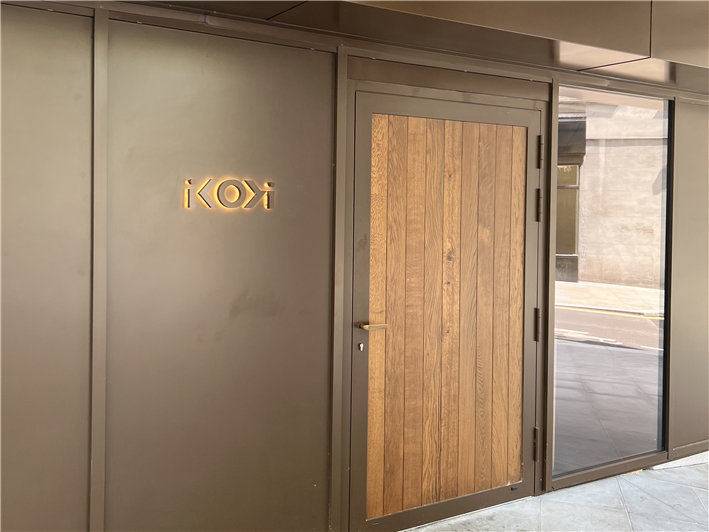


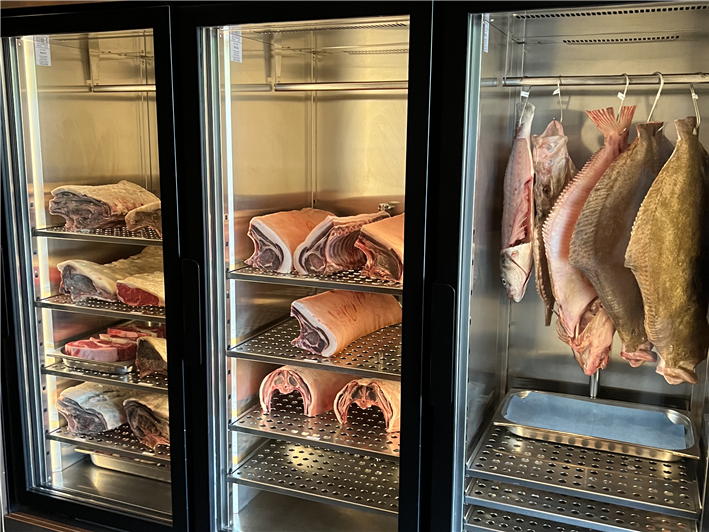
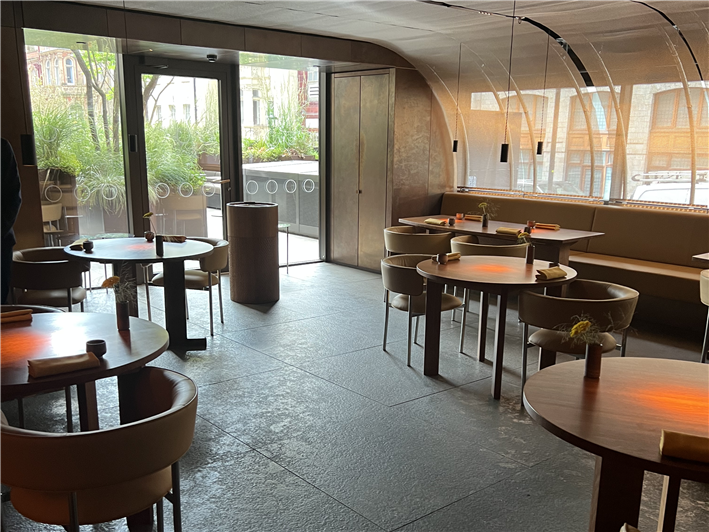
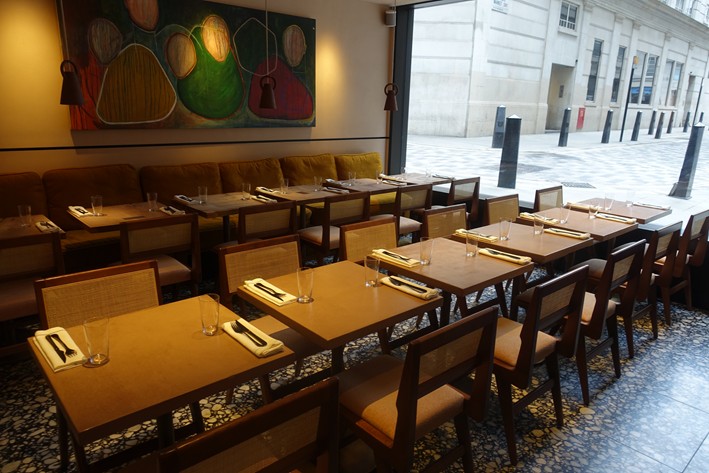

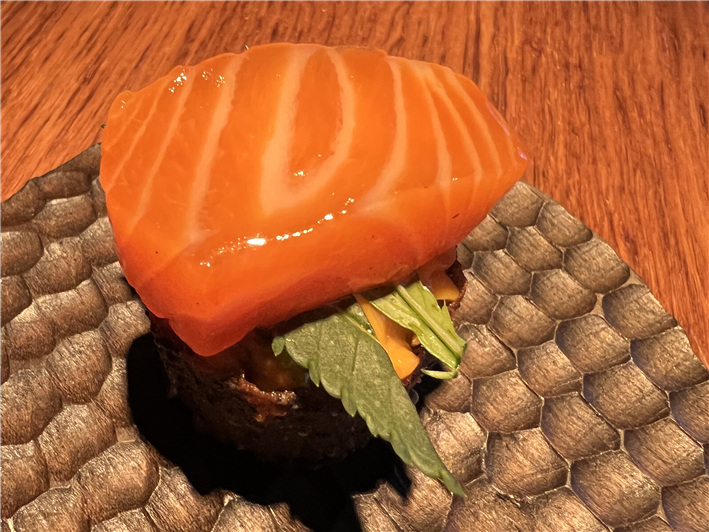
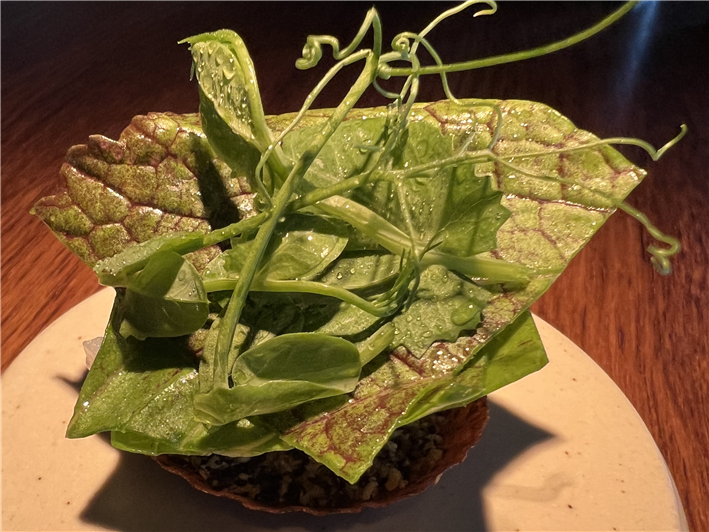
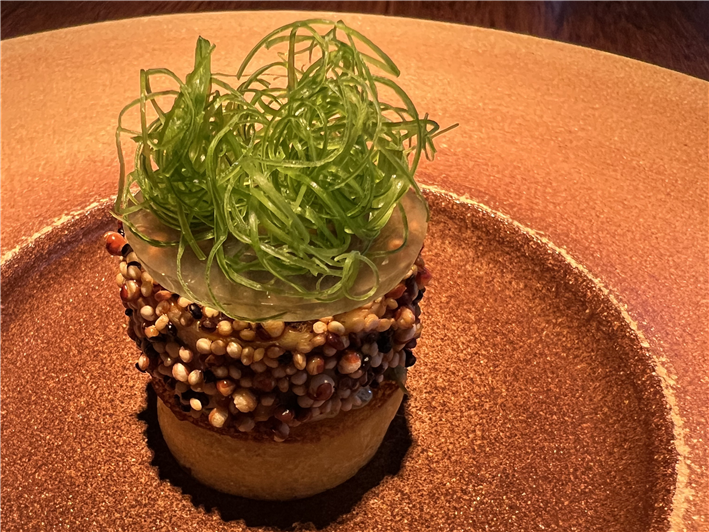
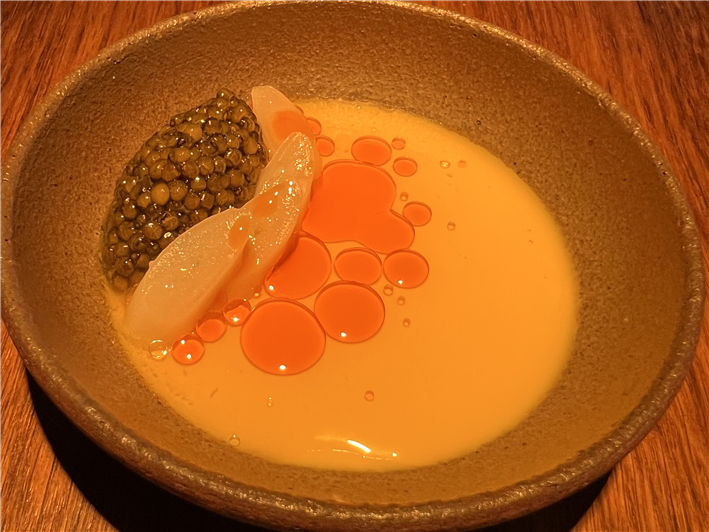
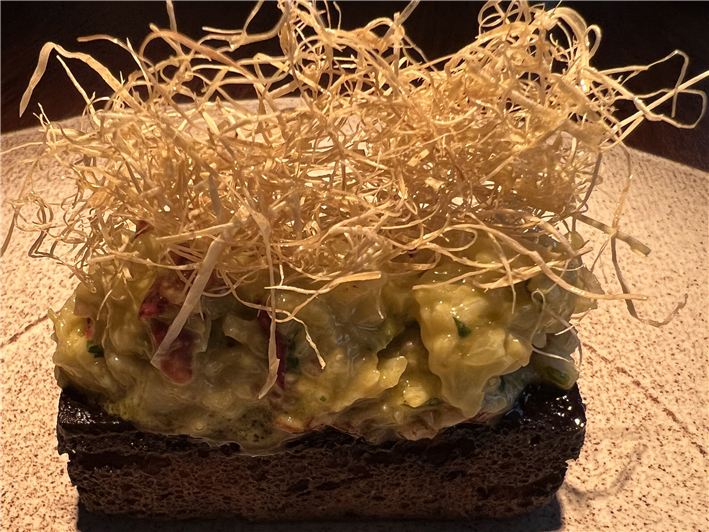
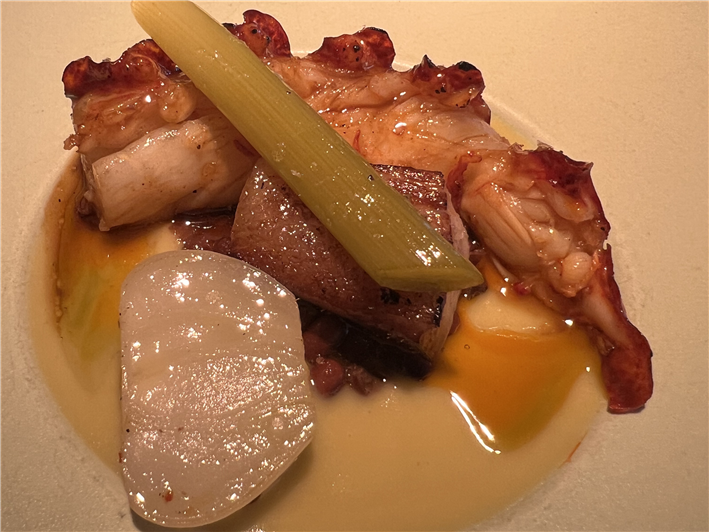


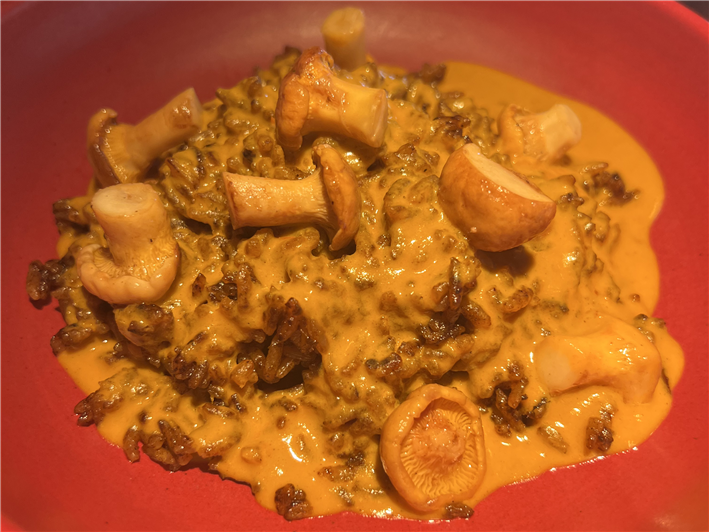
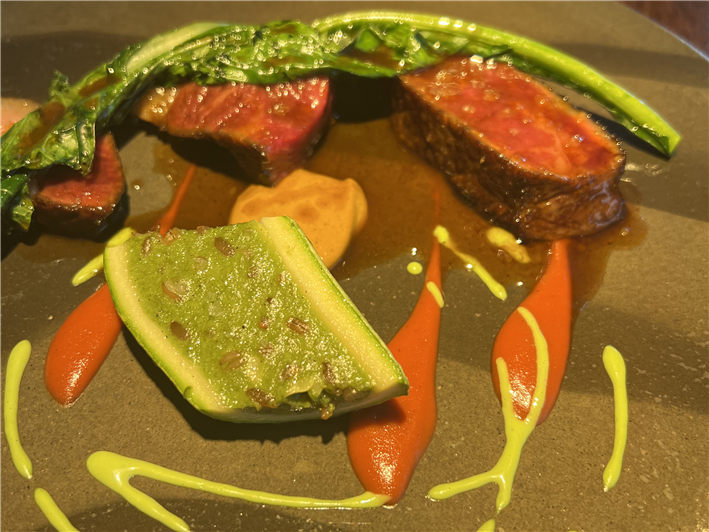
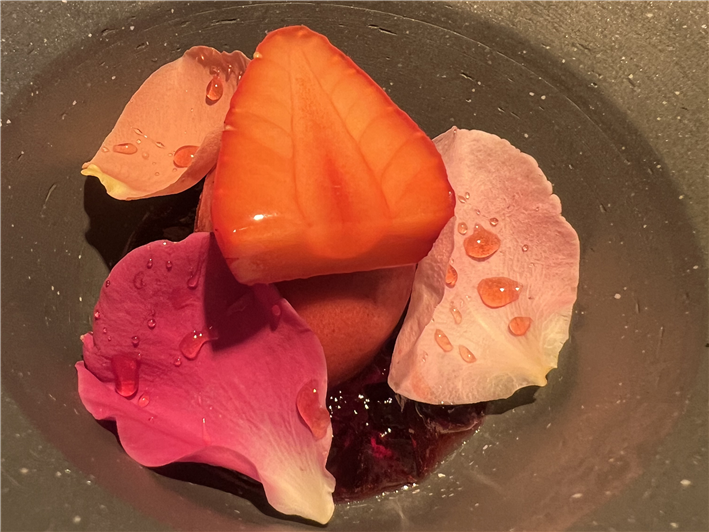
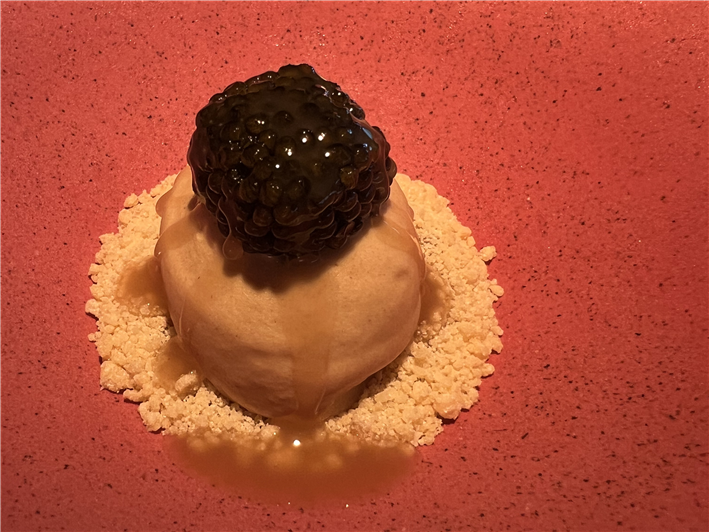

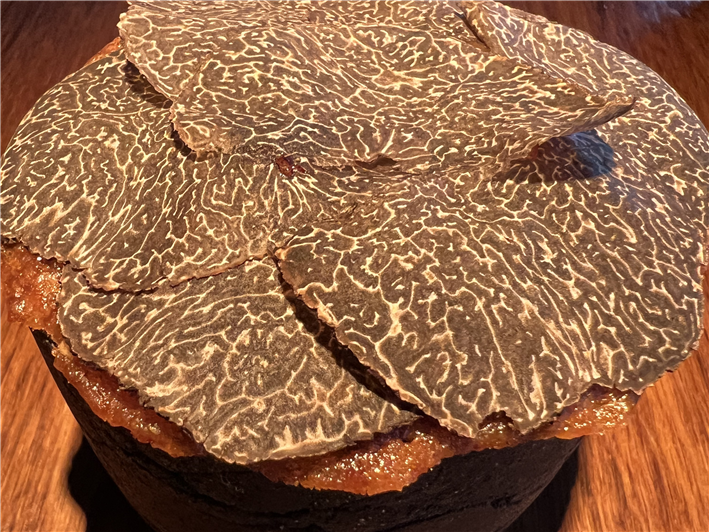
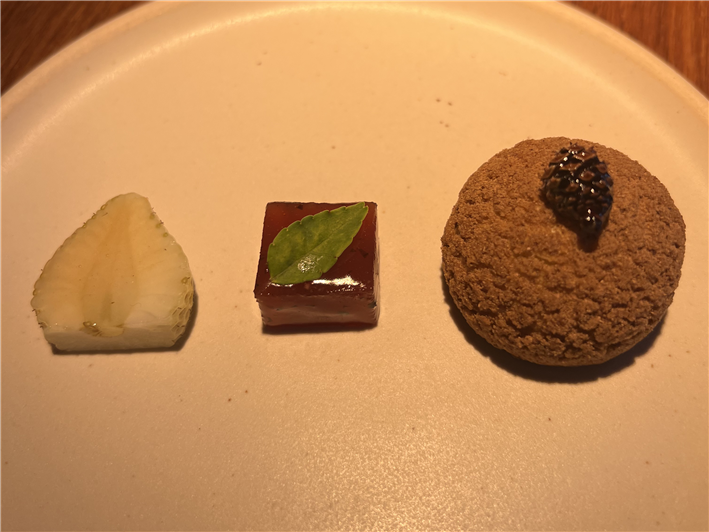
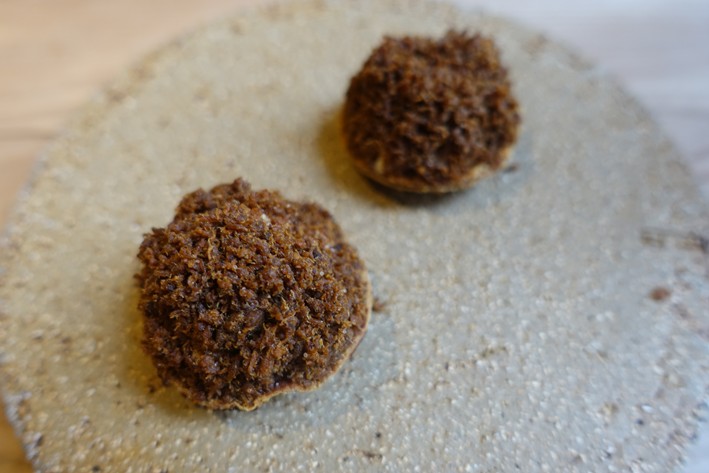
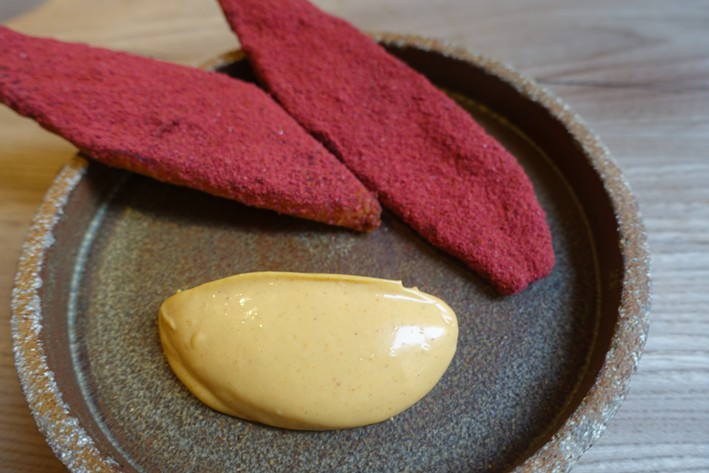
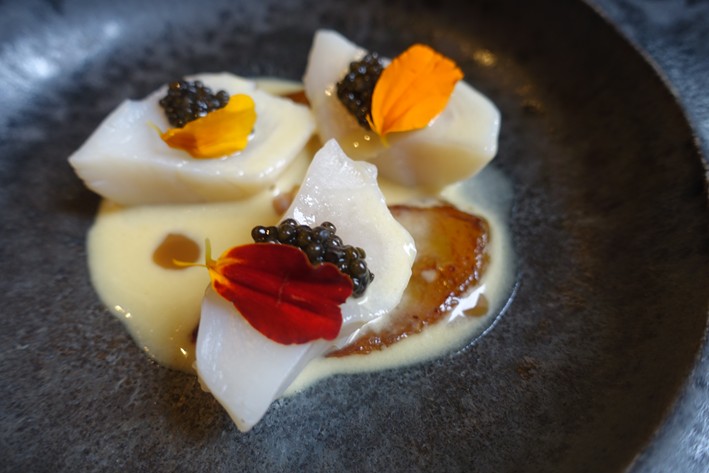
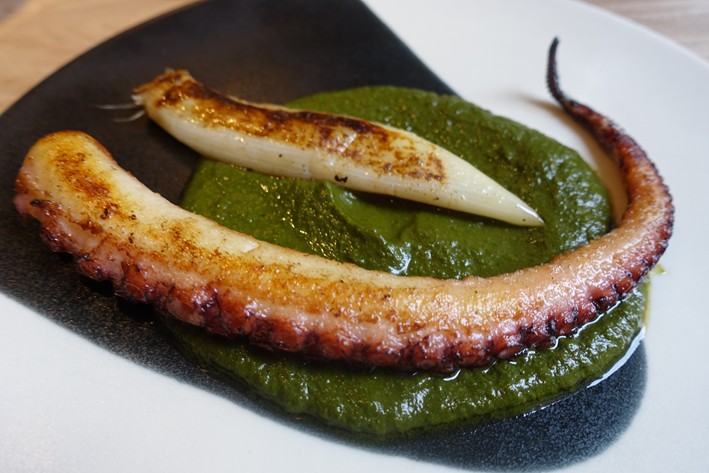
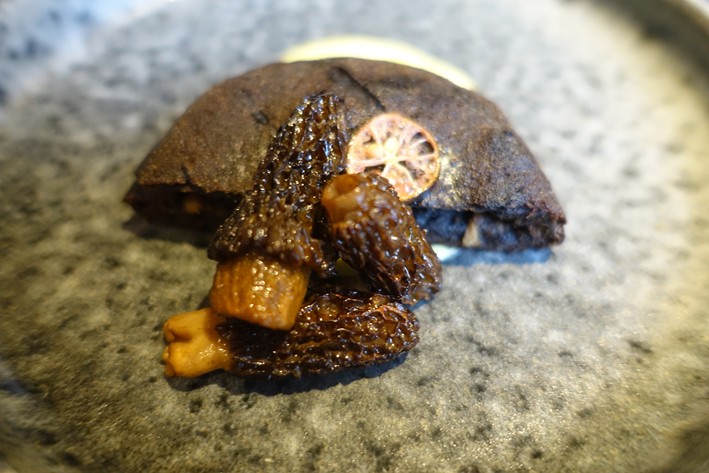
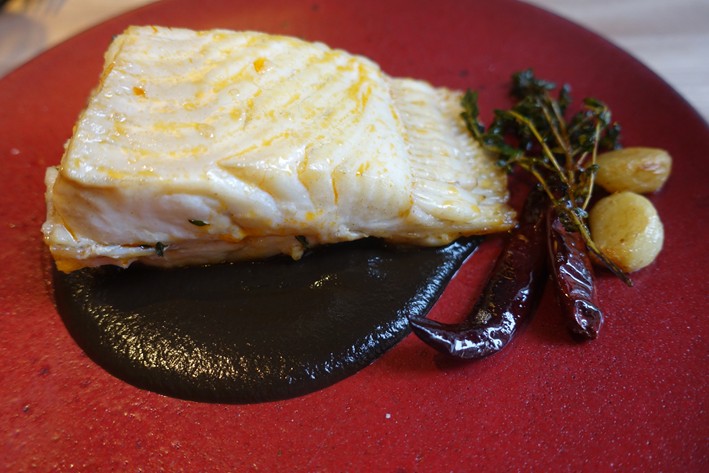


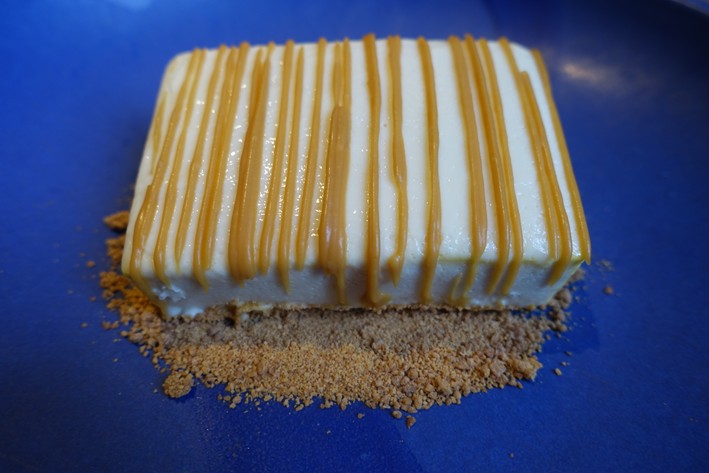
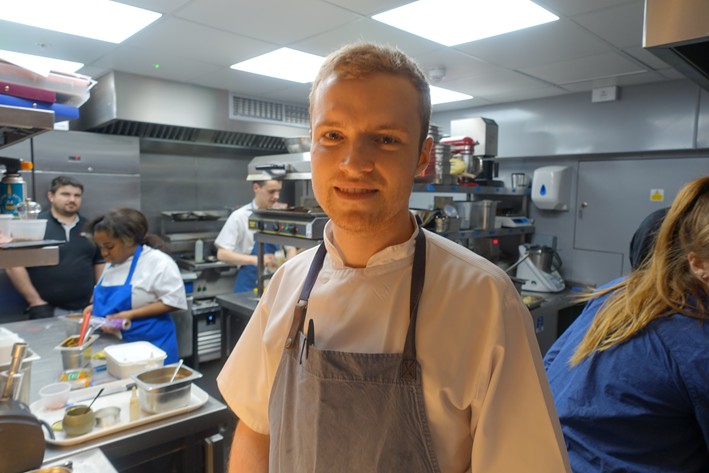

Add a comment
Thank you for submitting your comment, this will be checked and added to the website very soon.
User comments